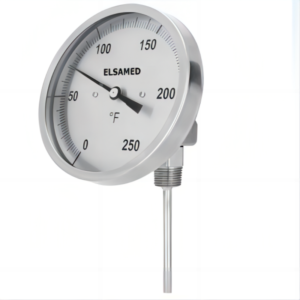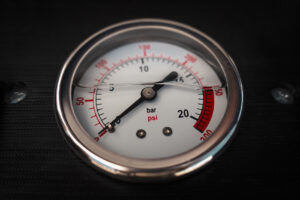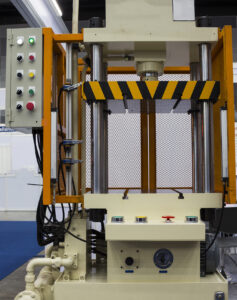Pressure gauges are essential instruments used in various industries to measure and monitor the pressure of liquids and gases. In applications where the gauge is subjected to high vibration, pulsation, or rapid pressure fluctuations, filling the gauge with oil can significantly improve its performance and longevity. This process, known as oil filling or liquid filling, helps dampen mechanical vibrations, reduce wear on internal components, and prevent condensation or corrosion.
The most commonly used filling fluids are silicone oil and glycerin, chosen for their stability, viscosity, and resistance to temperature variations. Silicone oil is preferred for extreme temperature conditions, while glycerin is often used in general industrial applications. The filling process involves carefully injecting the oil into the gauge housing to eliminate air bubbles, ensuring smooth pointer movement and accurate readings.
Proper oil filling not only enhances gauge durability but also minimizes measurement errors caused by mechanical stress. Regular maintenance, including checking oil levels and ensuring seal integrity, is crucial for optimal performance. By understanding the benefits and techniques of oil-filled pressure gauges, industries can maintain reliable and accurate pressure measurement systems in demanding environments.



